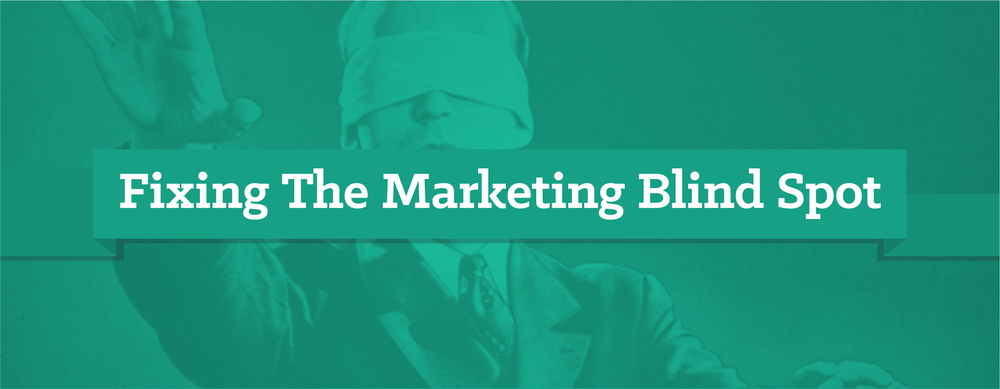
Most marketing plans have a blind spot.
With organizations spending up to 90% of their marketing budget on outbound efforts (that is, where a company initiates the conversations by sending out a message), the question should be asked, “what happens when an outbound campaign is successful?”
If you’re a traditional brick-and-mortar business, the answer is likely that there is a customer physically in your business. While much attention and thought are given to driving traffic to a business, almost little to no thought is spent on how to engage and communicate once the subject has arrived.
Fixing The Marketing Blind Spot
Traditionally, businesses have used posters, countertop ads, or other static signs to share information. But there is a better way to do things in our technological age, both in terms of customer experience and ROI.
Digital Signage, with its vibrant display and catchy motion graphics and video, is quickly becoming the preferred choice for retail and healthcare. Not only does it offer better flexibility and reduced costs, it’s more effective at grabbing the customer’s attention.
Digital displays capture 400% more attention than static signage. So from a pure getting the message out stand point, digital displays beat static. But informing the customer is only half the battle. You also want to influence them – whether that means getting them to make a purchase or getting them to trust your brand.
The Most Critical Spot On The Path To Purchase

Digital Signage isn’t effective because we live in a society where screens are our overlords. It succeeds in influencing customers because of its relevant positioning on the path to purchase.
When a customer sees your coupon in the mail or sees your ad online, it may pique their interest, but that initial curiosity can quickly be lost if something comes on the television or the kids burst through the door. Suddenly, the deciding phase is cut short and your brand misses out.
On the other hand, over 40% of shoppers say that Digital Signage affects what they chose to buy because relevant information is being shared in close proximity to the point of purchase.
That’s because once your outbound marketing efforts succeed and the customer walks through your doors, they’re actively engaging with your brand. Everything else is background noise and what matters most is how your services and products can help solve their problems.
Leveraging Digital Signage
In order to influence the customer, you must deliver the right message at the right place at the right time. We’ve already gone over the right place and time, but what constitutes the right message?
Basically, that’s going to depend on your business and who your target audience is.
A dentist, for example, might be most concerned with reducing perceived wait time and reassuring customers with Dental Anxiety. So their playlist may be a mix of entertainment and custom messaging about how seriously they take their patient’s concerns. There is also the opportunity to promote and sell services, such as teeth whitening to implants (to name just two).
On the other hand, an automotive shop owner might want to use their digital display to show pricing or explain the importance of routine car maintenance. A customer might not know the advantages of regular tire rotations or alignments, but if the value is communicated through easy to understand visuals, the benefit becomes more clear.
There are dozens of different messages you could convey using Digital Signage based on who your audience is, so crafting it is ultimately up to you. However, there are Digital Signage providers with the industry experience to help you deliver that message.
Interested in what Digital Signage can do for your business? Take the next step by requesting more information today.